

LIVE
Toward reimagined global financial architecture: Progress and challenges1:30 am IST - 3:00 am IST
Past Event
1:30 am - 3:00 am IST
Brookings India
New Delhi
110021
Content from the Brookings Institution India Center is now archived. After seven years of an impactful partnership, as of September 11, 2020, Brookings India is now the Centre for Social and Economic Progress, an independent public policy institution based in India.
The Indo-Pacific: An Idea Comes of Age
The idea of the Indo-Pacific is increasingly shaping and informing India’s attitude to preferential trade agreements, overseas aid, loans and financing, and regional security partnerships. Dhruva Jaishankar outlined how the evolution of the Indo-Pacific as a term and concept reflects the changing strategic realities of the region. He noted that although several definitions of the term existed, ranging from Japanese Prime Minister Shinzo Abe’s use of the term in 2007, to the United States ‘Free and Open Indo-Pacific Strategy’ in 2018, there remains a common understanding of this region as a shared strategic space. Dr. C. Raja Mohan elaborated on this point, adding that “definitions should not stop cooperation. People will articulate definitions for domestic reasons. Fundamental change has taken place in the region, and the essence of this term is more consequential, rather than the technical definition.” The panellists agreed that the growing prominence of the region was a reflection of China’s growing influence in the Indian and Pacific oceans. The panellists also agreed that in order for India to bolster cooperation within the region, it would not only have to overcome its economic and military challenges domestically, but also focus on timely project implementation to be seen as a viable alternative in the region.
India’s Growing Engagement in the Indo-Pacific
Panellists noted that India’s Act East policy provides a suitable framework for engagement in the Indo-Pacific. The four elements of India’s Act East policy today include securing the Indian Ocean, integrating with South East Asia, deepening strategic partnerships with countries such as the United States, Japan, France, and Australia, and managing relations with China. All serve in furthering a stable Indo-Pacific. From a security perspective, participants also noted India’s recent and concentrated outreach in the region, evident from its effort to improve maritime domain awareness and extend the operational reach of the Indian Navy, exemplified by such developments as the India- Singapore maritime agreement, negotiations towards an India-Japan logistics agreement, security agreements (COMCASA, LEMOA) with the United States, and regular mission based deployments in the Indian Ocean. Panellists further noted India’s participation at the 2+2 dialogues with USA, Japan, and Australia, the Malabar Naval Exercises, and trilateral dialogues as reflective of its efforts to improved strategic coordination and interoperability.
 Balancing Regional Economic Architecture
Balancing Regional Economic Architecture
Dr. Amitendu Palit, described the Indo-Pacific’s economic heterogeneity as its most prominent economic feature. He highlighted the heterogeneous nature of the economies in this region, and argued that new infrastructure may not necessarily be a win-win outcome for all in the region, given that countries have varying capacities, abilities, and experiences in terms of economic integration, infrastructural use, trade facilitation, and sophisticated economic and financial institutions. He concluded that “if these gaps are not corrected early on, connectivity can actually be an inequality enhancing project.” Dr. Palit highlighted that the major challenge to the Indo-Pacific is the difficulty in obtaining an economic framework for the region, given its economic diversity. The Regional Comprehensive Economic Partnership (RCEP) and the Comprehensive and Progressive Agreement for Trans Pacific Partnership (CP-TPP) are possible solutions in this area. He emphasised that beyond security, an economic framework is of primary importance to enhance legitimacy of the region. In this context, he pointed to growing trade disputes as deviating from a regional order.
 India’s Development Cooperation & Challenges
India’s Development Cooperation & Challenges
Dr. Rani D. Mullen noted that India has increased its overseas aid and financing, but it still does face challenges of coordination, both domestic and with international partners. She outlined that India has had a long history of providing aid to the region, which was institutionalised under the Indian Technical and Economic Cooperation (ITEC) program, and specified that “India’s aid to the Indo-Pacific predates the concept of this region itself.” She noted that although India’s will to engage with the Indo-Pacific region grew with India’s growing capabilities and ability to provide, its outreach to Pacific islands had started as far back as 2007-2008. Dr. Mullen also clarified that Indian foreign aid should not be viewed through the prism of dollar-to-dollar exchanges. Rather it should be adjusted for purchasing power parity terms. Indian foreign aid in 2016-17 was approximately USD $5 billion (PPP), this was double the amount Australia had provided that same year. Panellists agreed that there had been a shift in India’s approach to foreign aid, as it has increasingly started to adopt lines of credit, with an infrastructure focus to match Chinese activities in the region. There was consensus that this approach has placed India at a crossroads, as the country suffers from resource constraints to deliver in the same way China does. Panellists agreed that coordination among various branches of domestic bureaucracy can bolster India’s development cooperation in the region.

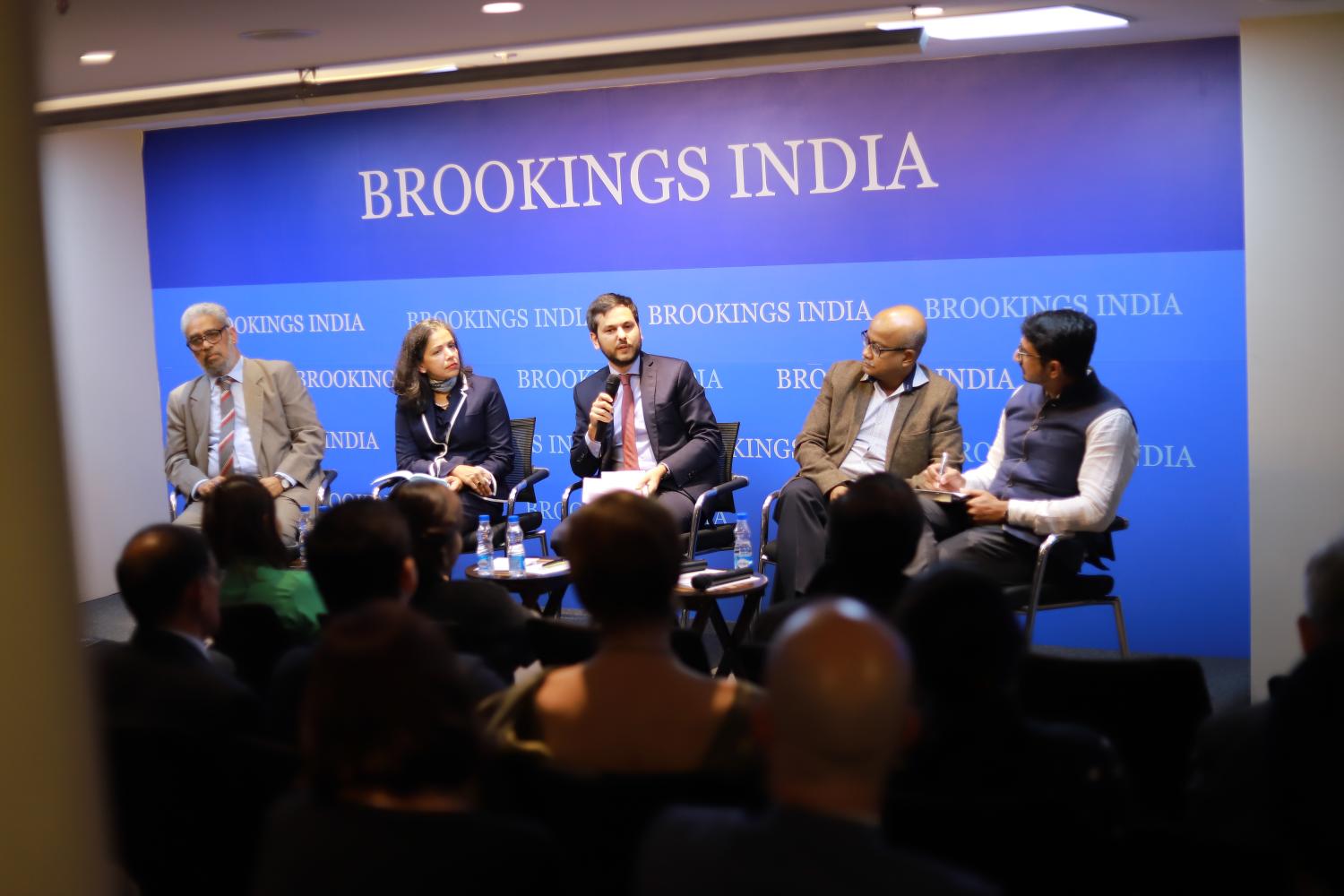
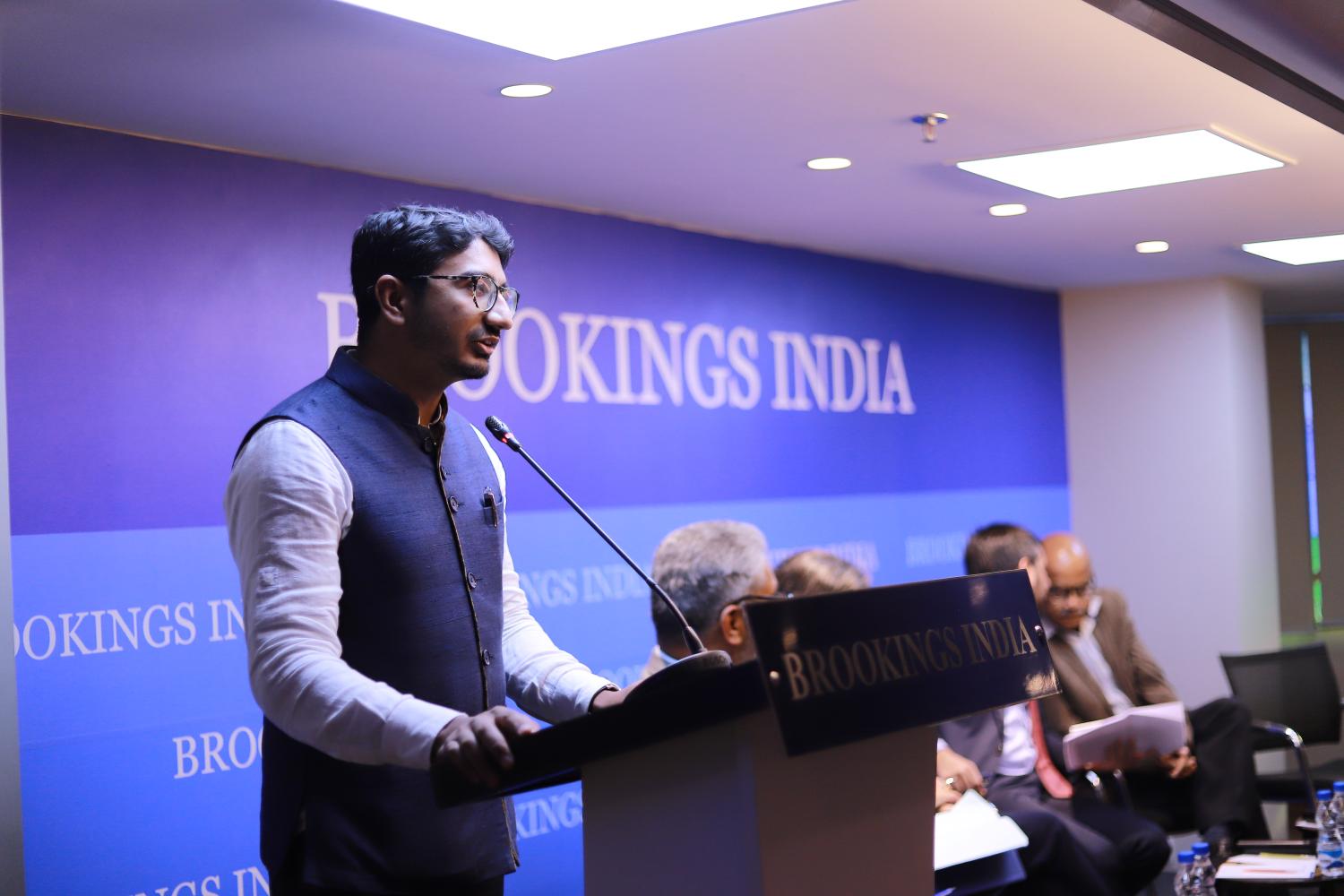
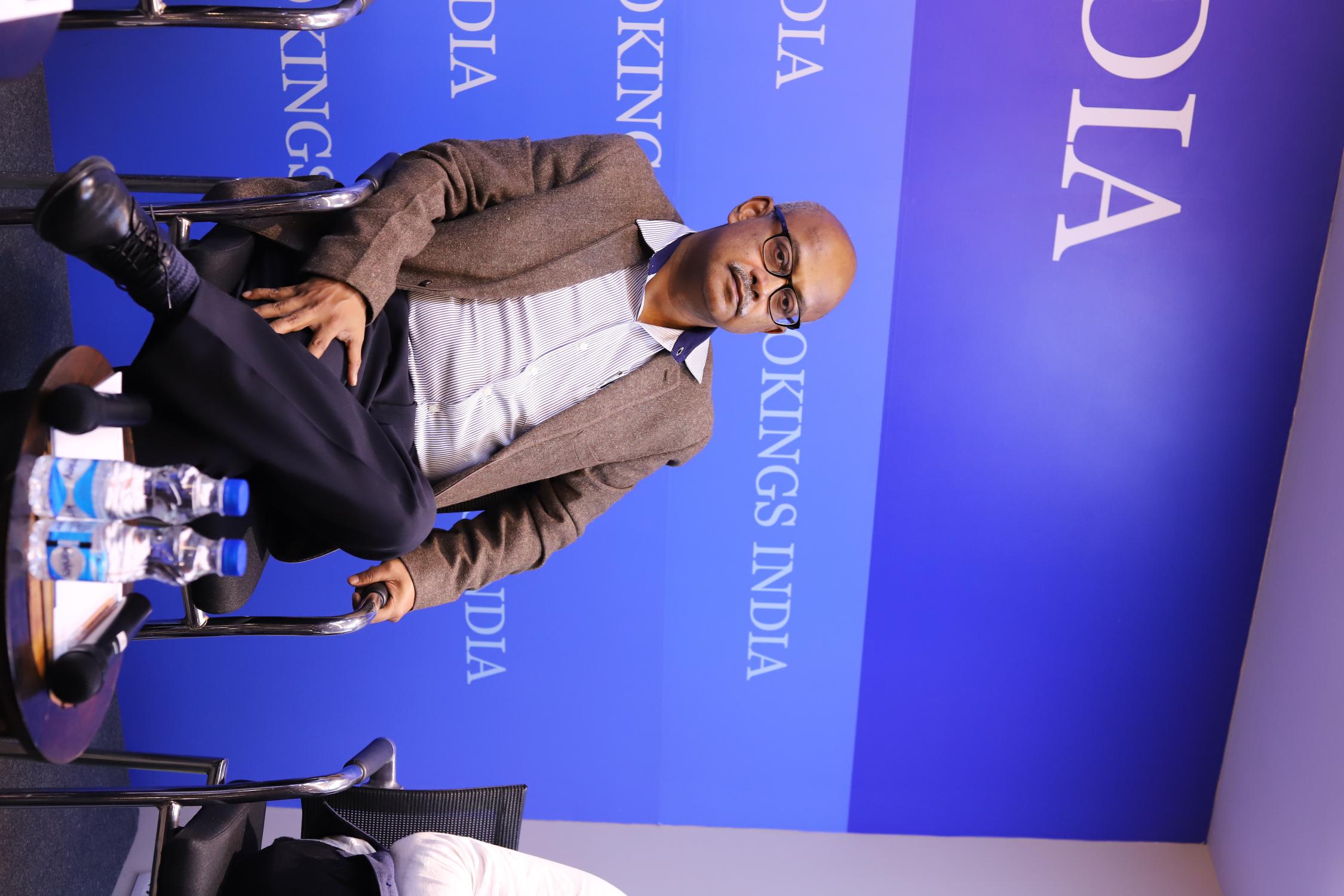
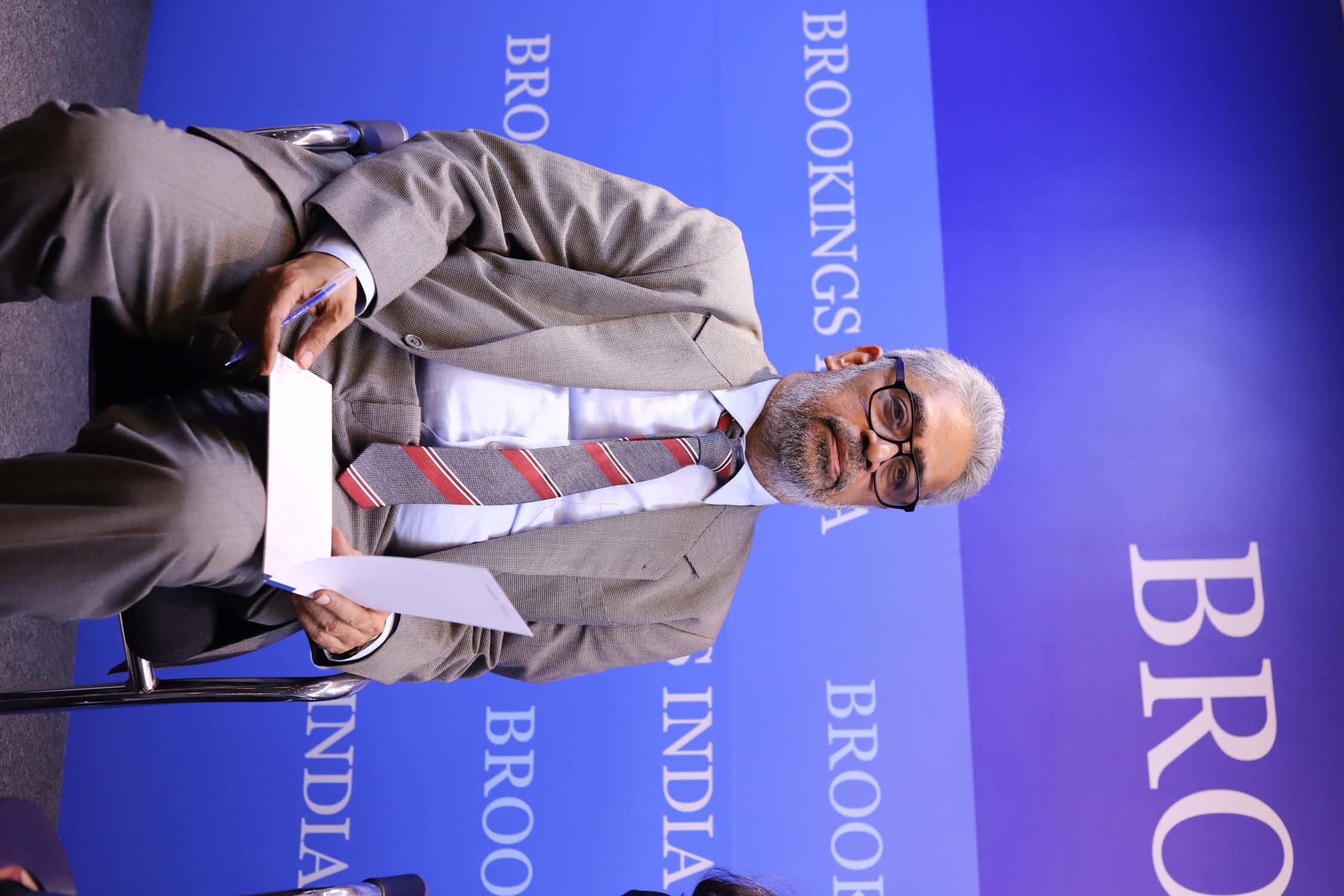
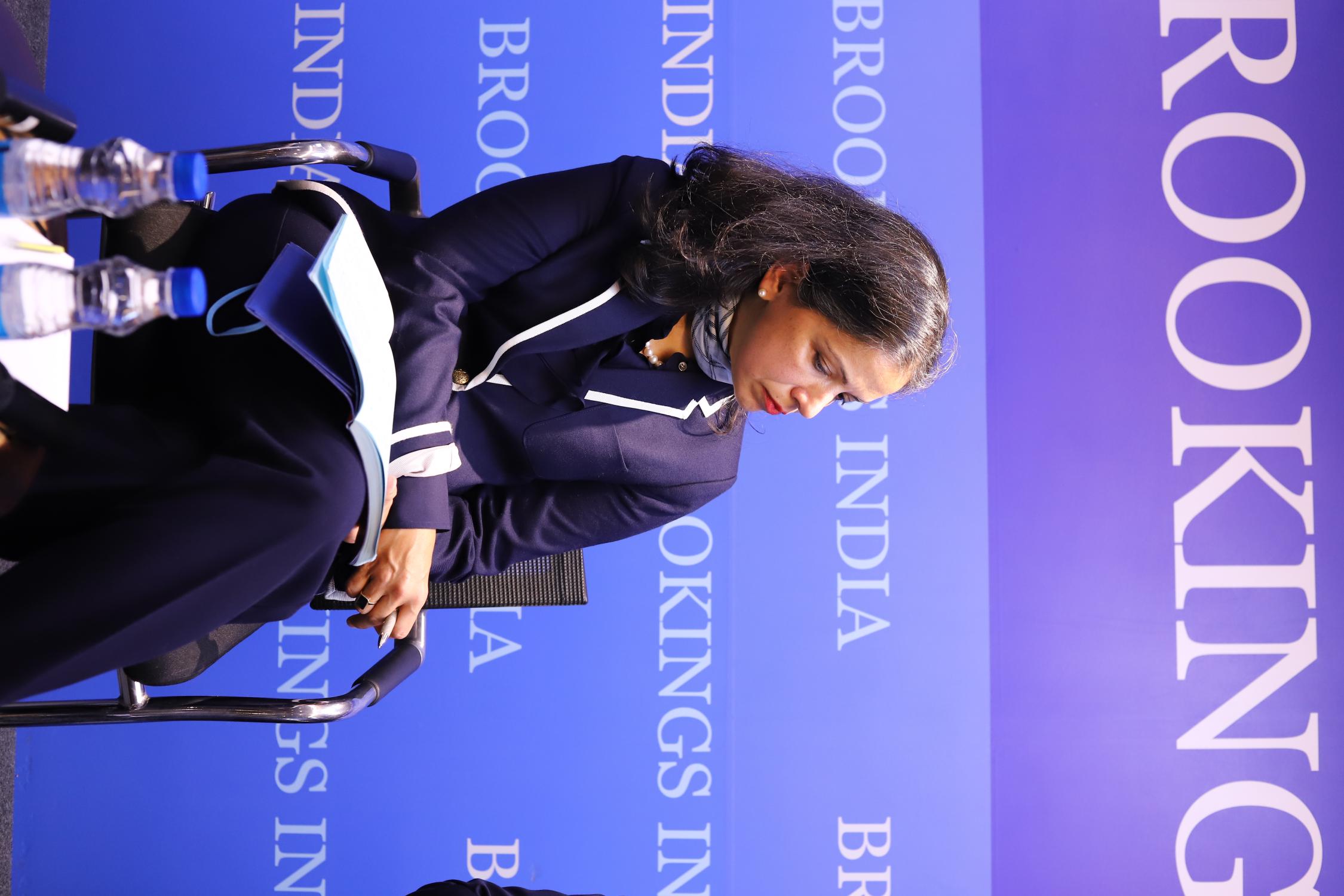

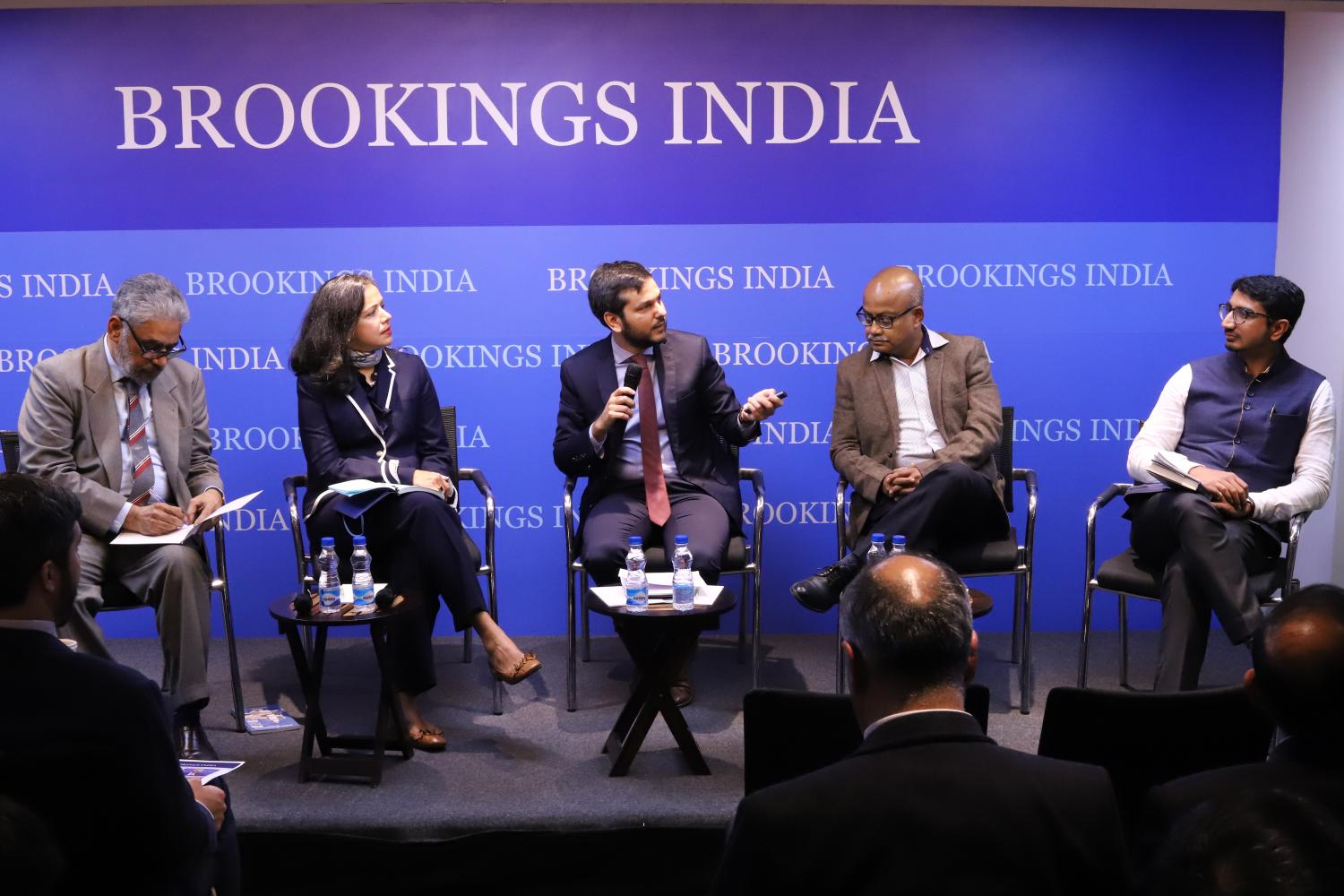
Panelist

Moderator
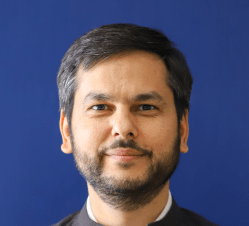

Rahul Tongia, Anurag Sehgal, Puneet Kamboj
2020
Online Only
3:00 am - 4:40 am IST

Saneet Chakradeo
August 18, 2020